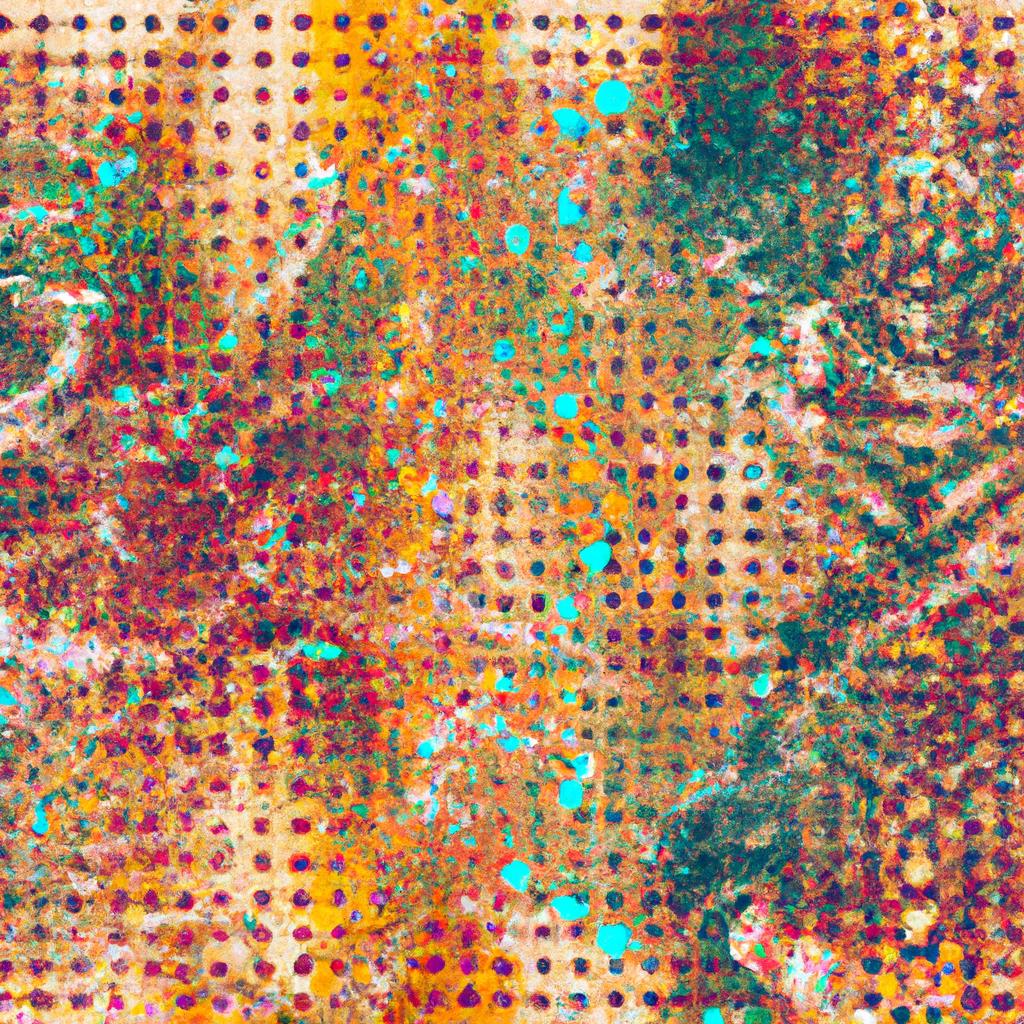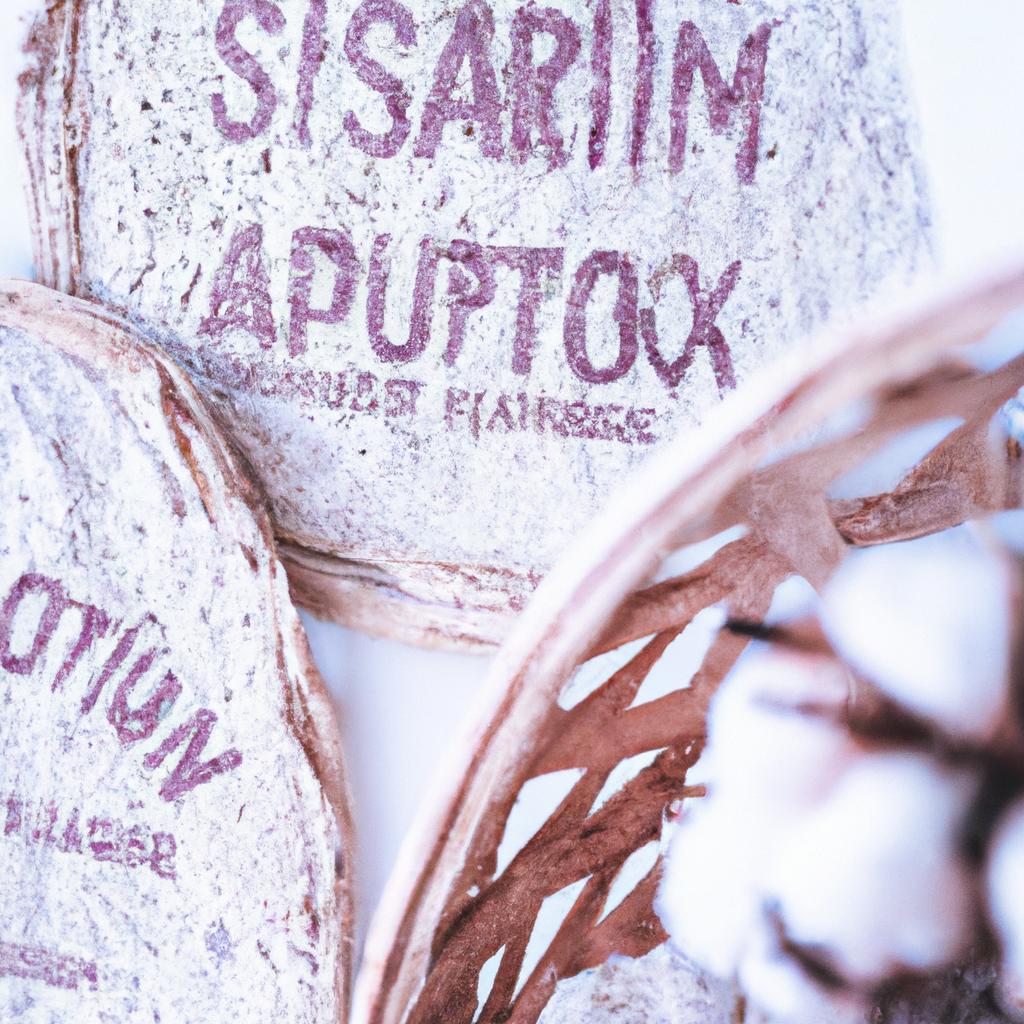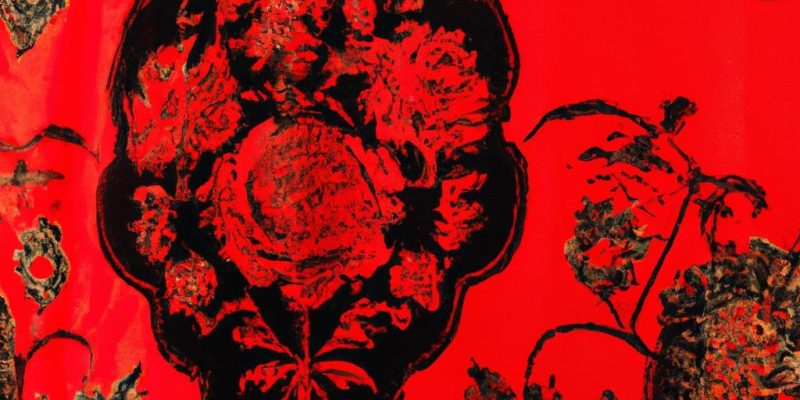In a world where trends flicker like flames, often extinguished before they can fully ignite, the narrative of fashion remains a rich and complex tapestry woven through time. “Passion for Threads: Unraveling the Tapestry of Fashion History Through a Knowledgeable Lens” invites readers to explore the intricate design of our sartorial past, highlighting the threads that bind cultures, eras, and artistic movements. This article serves as both a celebration and an exploration, illuminating the stories behind the fabrics that drape our bodies, the silhouettes that capture our imaginations, and the icons who have defined our style. With a discerning eye, we will delve into the influences that have shaped the fashion landscape, revealing how each stitch of history contributes to a greater understanding of contemporary expression. Join us on this journey through time, where every garment carries a legacy, and every choice reflects a moment in history waiting to be uncovered.
Exploring the Cultural Fabric of Fashion Through Historical Narratives
The world of fashion serves as a mirror reflecting the values, struggles, and triumphs of different cultures throughout history. Each era brings forth its unique style, often shaped by significant societal events and movements. **From the opulence of the Victorian era to the vibrant rebellion of the 1960s,** clothing has always communicated deeper narratives about identity, status, and aspiration. The **influence of cultural intersections** cannot be overlooked, as trends emanate not just from regional inspirations but also from global exchanges. As artisans and designers travel, their experiences intermingle with local customs, creating a rich fabric of fashion that transcends borders.
Some pivotal elements that weave through fashion history include:
- Material Innovation: The advent of synthetic fibers revolutionized clothing, making fashion more accessible and varied.
- Social Movements: Fashion has acted as a canvas for protest and change, with styles like the suffragette white dresses symbolizing empowerment.
- Technological Advancements: From the sewing machine to digital design software, technology has consistently redefined the way fashion is produced and consumed.
By analyzing these historical threads, we unearth how fashion not only adorns the body but also narrates the intricate story of humanity itself.
| Era | Key Fashion Element | Cultural Significance |
|---|---|---|
| Victorian | Corset | Symbol of femininity and societal expectation |
| 1920s | Flapper Dress | Representation of women’s liberation |
| 1960s | Psychedelic Prints | Expression of counterculture and rebellion |

The Influence of Art Movements on Textile Trends and Design
Throughout history, different art movements have left a profound imprint on textile trends and design, shaping the way fabrics are envisioned and utilized in fashion. For instance, the Art Nouveau movement, with its organic forms and intricate decorative patterns, inspired a wave of fabric designs that celebrated natural motifs. Textiles featured flowing lines and floral elements, mirroring the elegance of nature and highlighting the artisan’s craftsmanship. Similarly, the Abstract Expressionism era saw textiles transformed into canvases of bold colors and dynamic forms, reflecting the avant-garde spirit of the time. Fabrics were no longer merely functional; they became vessels for artistic expression, capturing the essence of contemporary culture.
The intersection of art and textiles can also be seen through Pop Art, which introduced vibrant palettes and a playful aesthetic into the world of fabric design. Designers began to experiment with mass-produced fabrics that echoed the visual language of comic books and advertisements, making fashion more accessible and culturally relevant. A look at the evolution of textile trends reveals a recurring dialogue between art movements and fashion, where each influence serves to elevate the medium and challenge conventional boundaries. As these movements evolve, the textiles they inspire continue to reflect societal changes, weaving stories and narratives that resonate through generations.

Sustainable Fashion: Learning from the Past to Shape a Greener Future
The intricate journey of fashion is a rich tapestry woven from threads of culture, innovation, and, at times, excess. By delving into historical practices, we can extract valuable lessons that inform sustainable approaches in today’s fashion landscape. In centuries past, clothing was often crafted with care, utilizing local materials and traditional techniques that prioritized longevity. Many ancestral cultures embraced the concept of **slow fashion**, where garments were not merely disposable commodities but cherished possessions passed down through generations. This mindful approach encourages us to rethink the modern fashion cycle, advocating for quality over quantity in our wardrobes.
To foster a greener future, we must recognize that history serves as our guide. The resurgence of **upcycling** and **vintage** shopping speaks to a growing awareness of sustainability that harkens back to these past traditions. By unearthing timeless styles and repurposing existing garments, we honor the artistry of previous generations while minimizing our ecological footprint. Here are some pivotal elements we can glean from fashion history:
- Materials Matter: Natural fibers like cotton, wool, and linen have long been valued for their sustainability.
- Artisanal Techniques: Handcrafted garments celebrate craftsmanship and reduce reliance on mass production.
- Timelessness Over Trends: Classic designs ensure garments remain relevant across seasons, countering the fast-fashion frenzy.
- Community Production: Local manufacturing fosters economic resilience and reduces transportation emissions.
| Past Practices | Modern Applications |
|---|---|
| Hand-weaving fabrics | Explore artisanal collections |
| Patchwork and mending | Upcycle and repair initiatives |
| Seasonal wardrobes | Capsule closet approach |
| Natural dyes | Eco-friendly dye techniques |
Future Outlook
As we draw the curtain on our exploration of fashion history, we find ourselves amidst a vibrant tapestry woven from countless threads of culture, innovation, and artistry. The passion for threads—whether they are spun of delicate silk or rugged denim—represents more than mere fabric; it embodies the stories, struggles, and triumphs of those who walked before us and those who continue to forge their own paths through the realm of style.
Through the lens of knowledge, we can appreciate not only the garments that adorn our bodies but also the rich narratives that inform their creation. Each era, each trend, and each designer adds a new hue to the palette of fashion, inviting us to reflect on our choices while acknowledging influences that transcend time and geography.
As you venture forth, consider your own relationship with the threads that weave into the fabric of your life. Embrace the history behind every stitch, acknowledge the craftsmanship of those who came before, and perhaps most importantly, foster a curiosity that encourages you to explore the ever-evolving landscape of fashion. In doing so, you not only celebrate the past but contribute to the living tapestry that is our shared style narrative. The threads of passion run deep; may they inspire you to discover, create, and ultimately cherish your unique contribution to this beautiful, intricate mosaic.



















Comments